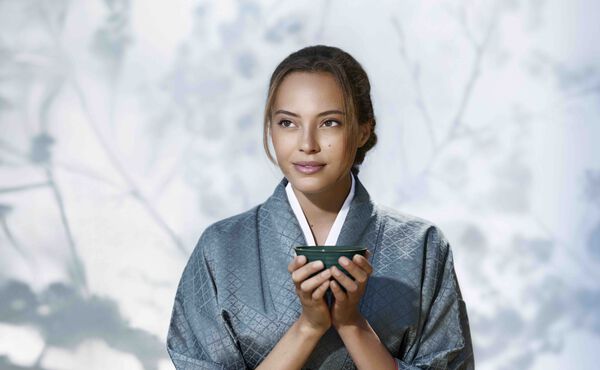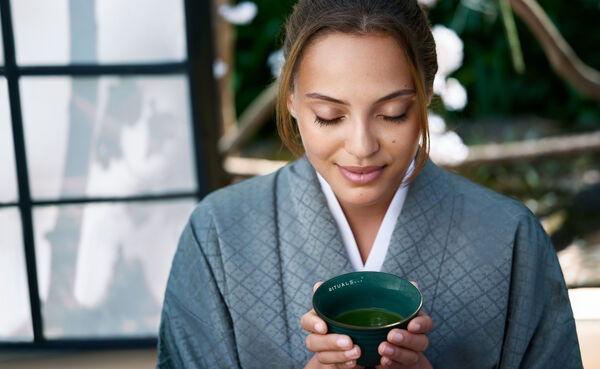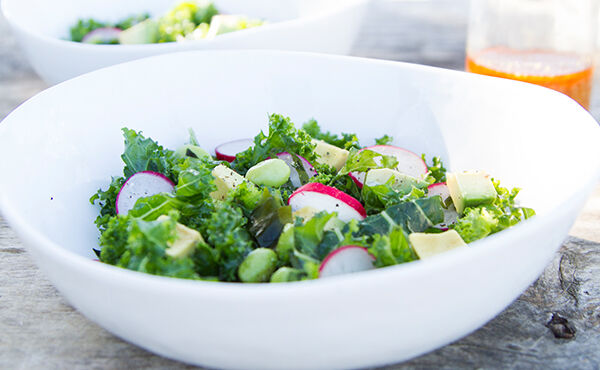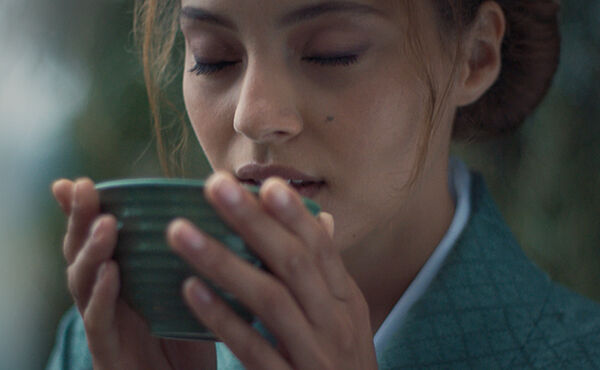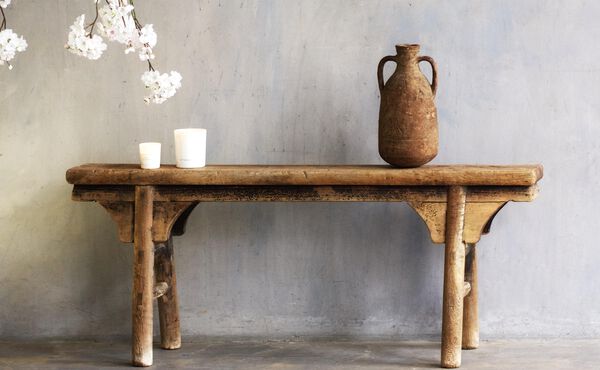In Japan, there’s a centuries-old tradition of mending broken ceramics with gold, known as kintsugi. Shattered pots, cracked cups and chipped plates are restored to something uniquely beautiful. But this ancient concept doesn’t just apply to broken things—find out how kintsugi can help you mend your mind and heal your body.
When a vase slips from our hands and shatters on the floor, most of us don’t think twice: we rush to sweep up the pieces and throw them in the trash. But in Japan, people take a much more profound approach. Rather than disregarding the broken piece of pottery as ruined, the Japanese consider it more beautiful and authentic for having been broken. They don’t mindlessly trash it—the mindfully fix it.
The art of kintsugi has been practiced in Japan since ancient times. Literally meaning “golden joinery”, kintsugi is the art of repairing cracked pottery with gold-painted glue, turning brokenness into beauty. Paying tribute to the break as well as the repair, the golden seams that join the broken pieces together beautifully accentuate the imperfections that make the object unique.
The art of kintsugi holds some valuable lessons about life and self-love. In her book Kintsugi Wellness, chef and wellness writer Candice Kumai explains how this ancient Japanese practice can nourish the mind, body and soul. Here’s what the book teaches us.
1. Embrace imperfection
Life is messy, always changing and truly never perfect. And that’s okay. In fact, we should embrace imperfection and find beauty and authenticity in it. In Japan, this idea is known as wabi-sabi. Kintsugi Wellness describes several ways to invite more wabi-sabi into your life: practice forgiveness, quit comparing yourself to others, and embrace simplicity and modesty by refraining from buying things you don’t need.
2. Don’t hide your broken parts
We often tend to hide our brokenness, because we don’t want to seem weak or incompetent. But the art of kintsugi teaches us to honour our broken parts, since they are testaments to your unique journeys and to your ability to grow and heal. So, own your scars and celebrate the experiences that taught you the greatest lessons.
3. Reframe hardship as opportunity
We all face stress and pain at times, especially when life takes a turn we did not expect—a job loss, a relationship breakup, sickness, the loss of a loved-one. Whatever you’re struggling with or recovering from, kintsugi can be a way to reframe hardship as an experience that can help you come out even stronger.
4. Find balance in your diet
Kintsugi is all about finding and restoring balance. Take time for self-care and honour what your body needs by finding balance in your diet. With lots of vegetables, soy products, low-fat ingredients, fermented foods and wonderful green teas, the Japanese cuisine is extremely nourishing and well-balanced. No wonder the Japanese live such long and healthy lives!
5. Focus on your inner circle
Candice Kumai writes about a beautiful Japanese philosophy called yuimaru, which means “circle of the people”, to emphasise the importance of the connections with the people around you. Spend time with your friends and family, because they are the ones who will always be there to build you up and bring out the best in you.

.jpg?sw=600&sh=370&sm=fit&cx=0&cy=0&cw=600&ch=370&sfrm=jpg)

